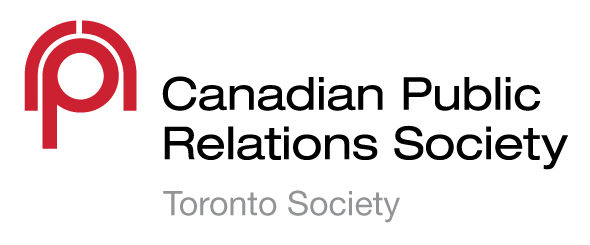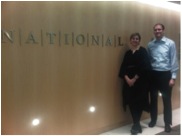Are you thinking, “How am I going to make a big splash in PR after school is over?”
Answer: submit your campaign or project for a CPRS Toronto 2012 ACE Award!
The CPRS Toronto ACE Awards were created to recognize communications excellence in the practice of public relations. Winning an Award will not only help you earn industry recognition, strengthen your strategic communications skills, and have your work known by Toronto’s public relations community, but you will be able to celebrate your work with colleagues and friends at the hottest PR event in town!
Students who are enrolled in a full-time public relations or communications program are invited to submit their campaigns and projects for the Toronto CPRS 2012 ACE Awards. Note, students do not have to be CPRS members to be eligible to submit an entry.
How do I enter?
In one easy step, you could be on your way to ACE…
All you have to do is submit an executive summary and rationale of your project electronically through the online entry form on the CPRS Toronto website by January 26, 2012. Early bird entries save $10 when submitted by January 13, 2012!
Then, a team of experienced communicators will review the applications and select which submissions will move forward. All submissions are judged and returned with valuable feedback and suggestions made to help you learn and improve your skills.
That’s it!
Save the date!
This year’s gala event will be held on April 26, 2012 at the newly renovated – and stunning – Bram and Bluma Appel Salon, located on the second floor of the Toronto Reference Library. Stay tuned for more details.
Important Dates and Deadlines:
Early Bird Entry Deadline: January 13, 2012
Entry Deadline: January 26, 2012
*Students entries are only judged on the first step of the entry application process, the executive summary and rationale
Gala: April 26, 2012
On behalf of CPRS Toronto and the ACE Awards team, we ask you take this opportunity to submit your best work for evaluation, and we hope to see you at the Gala this Spring!
Questions? Contact us at ace@cprstoronto.com, or Tweet your questions to @CPRSToronto




